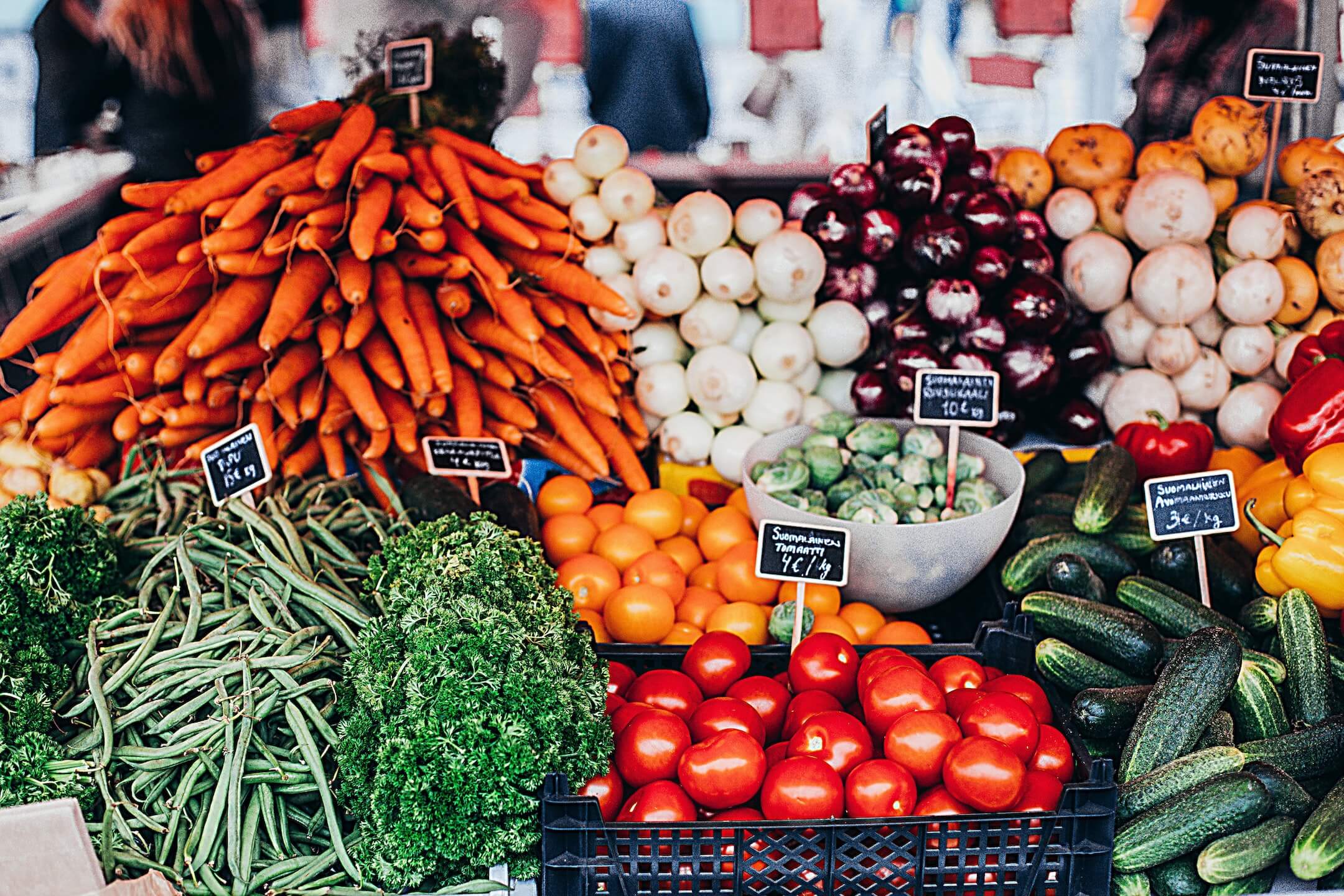Arizona’s locally grown fruit and vegetables are a powerhouse of goodness
By Karen Langston
Ah, October! Opening our windows and finally, hopefully, getting to wear fall clothes. The excitement of Halloween, the pumpkins of all different kinds and sizes displaying their brilliant colors. I can almost smell the pumpkin pie wafting from an open window.
October is also peak time for an abundance of locally grown fruits and veggies arriving at your favorite local farmers market and grocer. The best part? In-season fruits and vegetables are more powerful than your medicine cabinet remedies and fresher than any bottle of multivitamins, for a lot less.
The Colors of a Bruise
I want you to think black, purple, red and blue. Organic black grapes, blackberries, purple eggplant, plums, beets, red raspberries, dark red cherries, pomegranates, red-skinned apples, purple potatoes and cranberries are an abundant source of polyphenols. We know polyphenols, in red wine and pomegranate juice, are heart-healthy, but did you know they are the number one source for feeding your beneficial gut bacteria?
When we eat polyphenol-rich foods, our gut bacteria ferment the compounds, creating short chain fatty acids called butyrate. Butyrate’s natural anti-inflammatory properties protect our intestinal tract, keep our mucosa layer healthy, and provide the right fuel for our gut microbes. This translates to a healthier immune system, healthy hormone balance, radiant skin, and better energy. It is the natural anti-aging secret—and it’s right there in the produce section.
Cactus!
Our roadways and neighborhoods are lined with cactus. Did you know there are 12 varieties of fruiting Opuntia cactus? The Opuntia engelmannii (Englemann’s Prickly Pear) is the only one native to the Sonoran Desert. We are in the very peak of prickly pear season. Have you seen the red thorny balls in the supermarket?
The cactus pads (known as nopales) are popular in Mexican dishes, rich in pectin, mucilage, vitamins, polyphenols and minerals. Because of their high fiber content, they are also wonderful at alleviating constipation and keeping us regular.
The beautiful magenta color balls on the top of the cactus pads are the sweet prickly pear fruit. A powerhouse of nutrition, prickly pear fruit are a rich source of fiber, antioxidants, amino acids, fatty acids, and vitamins C and B. Cactus pear fruit are also an incredible source of antioxidant phytonutrients, including kaempferol and anti-inflammatory properties of quercetin.
Traditionally, prickly cactus fruit has been used for reducing inflammation, regulating digestion, reducing oxidative stress, and supporting the immune system. Prickly pear syrup is a natural anti-diarrheal tonic.
This October, instead of orange, think like a bruise: black, purple, red and blue. Stock up on locally grown fruits and vegetables, and feel good knowing you are feeding your body and gut microbes the very best to keep your immune system strong and healthy.
Keep up with Karen Langston’s monthly column by visiting out website.
Karen Langston is a certified holistic nutritionist working with clients on how to have three healthy poops a day. Poop well, be well. www.healthygutadvisor.com







